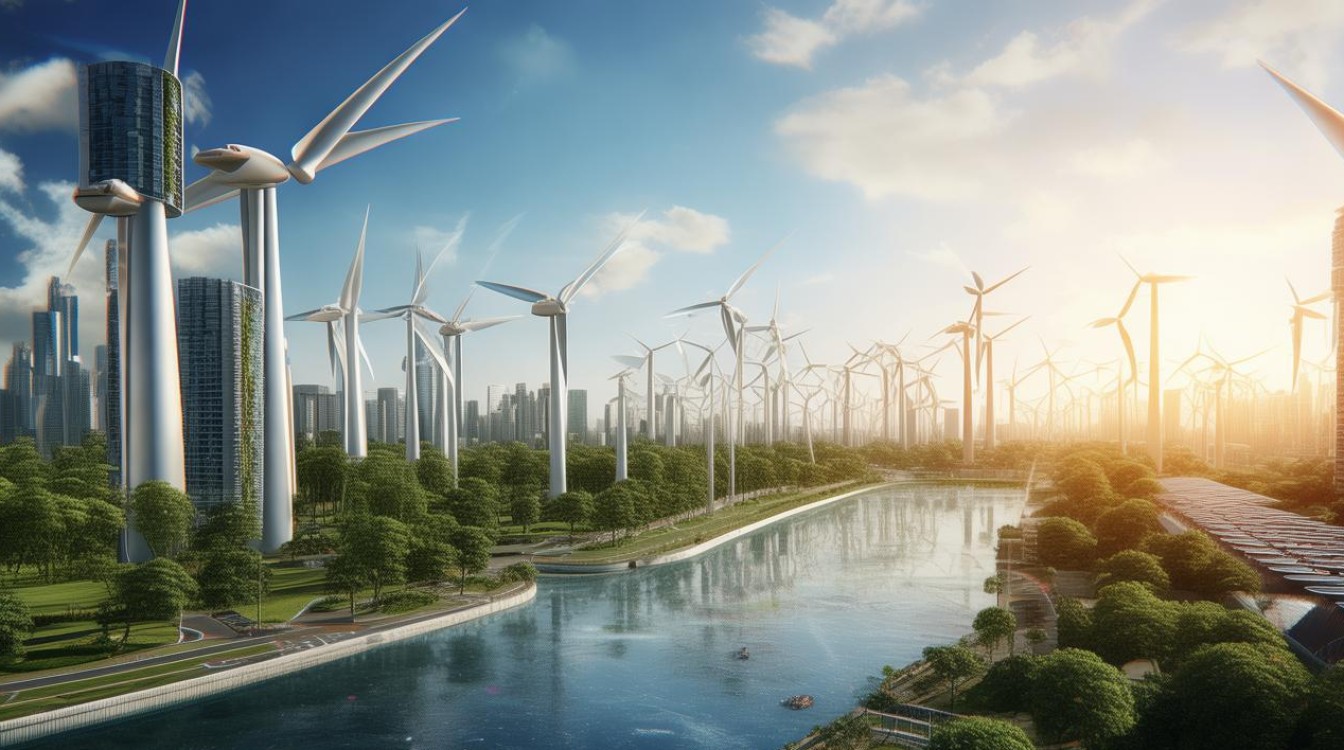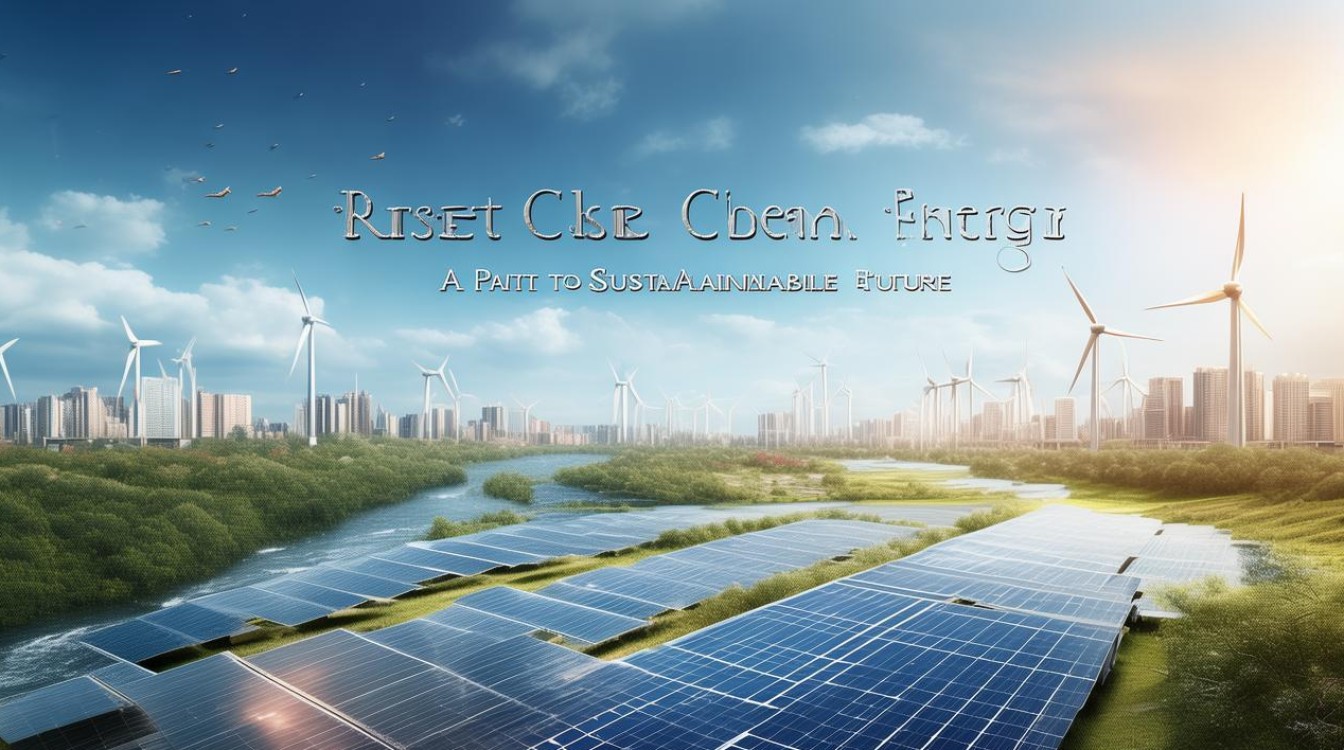The global shift toward clean energy represents one of the most significant transformations in modern history. As climate change accelerates and fossil fuel reserves deplete, nations and industries increasingly turn to renewable energy sources. Solar, wind, hydro, and geothermal power offer sustainable alternatives that reduce carbon emissions while ensuring long-term energy security.

Understanding Clean Energy
Clean energy refers to power generated from natural, renewable sources that produce minimal environmental harm. Unlike fossil fuels, which release greenhouse gases, clean energy technologies harness the Earth’s natural processes without depleting finite resources.
Solar Power
Solar energy, captured through photovoltaic panels, converts sunlight into electricity. Advances in solar technology have drastically reduced costs, making it accessible to households and businesses. Countries like Germany and China lead in solar adoption, proving its viability on a large scale.
Wind Energy
Wind turbines convert kinetic energy from wind into electricity. Offshore wind farms, particularly in Europe, generate substantial power with minimal land use. Innovations in turbine design continue to improve efficiency, making wind a cornerstone of renewable energy strategies.
Hydropower
Hydropower remains the most established renewable source, supplying nearly 16% of global electricity. Dams and run-of-river systems generate power without emissions, though environmental concerns about aquatic ecosystems persist.
Geothermal Energy
Geothermal plants utilize heat from the Earth’s core to produce electricity. Iceland and the Philippines rely heavily on this stable energy source, demonstrating its potential in geologically active regions.

The Environmental Imperative
Burning coal, oil, and gas accounts for over 75% of global carbon emissions. Transitioning to clean energy is essential to mitigate climate change. Renewable sources produce little to no emissions during operation, significantly reducing air pollution and slowing global warming.
Reducing Carbon Footprints
Countries adopting aggressive clean energy policies, such as Denmark and Sweden, have seen dramatic drops in carbon emissions. The International Energy Agency (IEA) projects that renewables could supply 80% of global electricity by 2050 if investments continue at current rates.
Combating Air Pollution
Fossil fuel combustion releases harmful pollutants like sulfur dioxide and nitrogen oxides, contributing to respiratory diseases. Clean energy eliminates these byproducts, improving public health and reducing healthcare costs.
Economic Benefits of Clean Energy
Beyond environmental advantages, renewable energy drives economic growth. The sector creates jobs, reduces energy dependence, and stabilizes prices.
Job Creation
The renewable energy industry employs millions worldwide. Solar and wind sectors alone account for over 12 million jobs, with numbers expected to rise as demand grows.

Energy Independence
Nations reliant on imported fossil fuels face geopolitical risks and price volatility. Investing in domestic clean energy infrastructure enhances energy security and reduces vulnerability to global market fluctuations.
Cost Efficiency
Once infrastructure is in place, renewable energy operates at minimal cost. Solar and wind power now rival or undercut fossil fuels in price, making them economically attractive.
Challenges and Solutions
Despite progress, barriers remain in scaling clean energy. Storage limitations, grid integration, and initial investment costs pose challenges.
Energy Storage
Battery technology must advance to store excess renewable energy for cloudy or windless periods. Companies like Tesla and Siemens are developing large-scale storage solutions to address this issue.
Grid Modernization
Aging power grids struggle to handle decentralized renewable sources. Smart grid technologies and improved infrastructure are essential for seamless integration.

Policy and Investment
Governments must implement supportive policies, including subsidies and carbon pricing, to accelerate adoption. Private sector investment in research and development will further drive innovation.
The Role of Individuals
While large-scale change requires systemic action, individuals contribute by adopting clean energy solutions. Rooftop solar panels, energy-efficient appliances, and electric vehicles reduce personal carbon footprints. Consumer demand also pressures corporations and governments to prioritize sustainability.
Looking Ahead
The transition to clean energy is not just an environmental necessity but an economic and social opportunity. With continued innovation, investment, and public support, a future powered by renewables is within reach. The choices made today will determine the health of the planet and the prosperity of future generations.
The shift toward clean energy is inevitable. Those who embrace it early will lead in sustainability, innovation, and economic resilience. The time to act is now.


